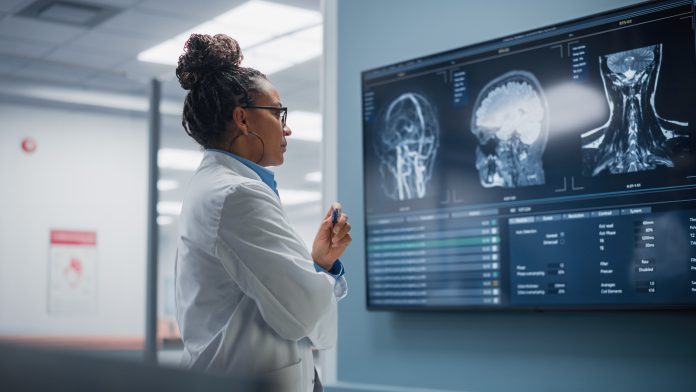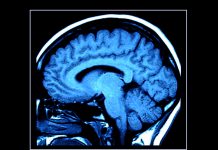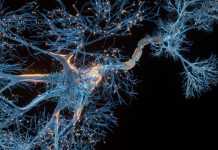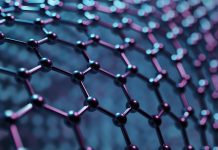Researchers have developed animal-free artificially grown mini-brains (human brain organoids) that could revolutionise neuroscience research
Over the last decade, researchers at the University of Michigan have sought alternatives to mouse models for studying neurologic diseases. Human brain organoids, self-assembled 3D tissues derived from stem cells, offer a more accurate representation of the complex brain structure than conventional two-dimensional cultures.
These artificially grown mini-brains can potentially transform how neurodegenerative conditions are studied and treated.
Overcoming limitations: A new approach to cultivating brain organoids
One significant challenge in cultivating human brain organoids has been using Matrigel, a substance derived from mouse sarcomas that form the engineered extracellular matrix supporting the organoids.
However, Matrigel’s limitations include an undefined composition and batch-to-batch variability. To address these drawbacks, the University of Michigan researchers developed a novel culture method that eliminates the need for animal components in human brain organoids.
Promising results from animal-free brain organoids
In their study published in the Annals of Clinical and Translational Neurology, the University of Michigan researchers utilised human fibronectin.
This protein is a native structure for stem cells and is the foundational extracellular matrix for their brain organoids.
Supported by a highly porous polymer scaffold, these organoids exhibited enhanced neurogenesis compared to previous studies.
Proteomic analysis revealed that the brain organoids developed a cerebral spinal fluid, resembling human adult CSF more accurately than Matrigel-based organoids.
“This advancement in the development of human brain organoids free of animal components will allow for significant strides in the understanding of neurodevelopmental biology,” said senior author Joerg Lahann, PhD, director of the U-M Biointerfaces Institute and Wolfgang Pauli Collegiate Professor of Chemical Engineering at U-M.
Lahann also emphasised the potential of this method to bridge the gap between animal research and clinical applications.
Reprogramming organoids for brain disease study
The success of animal-free human brain organoids opens up new possibilities for studying neurodegenerative diseases. Co-author Eva Feldman, M.D., PhD, director of the ALS Center of Excellence at U-M, highlighted the potential for reprogramming organoids using cells from patients with ALS or Alzheimer’s.
This personalised approach could provide valuable insights into disease progression and facilitate the development of targeted treatments.
“These models would create another avenue to predict disease and study treatment on a personalised level for conditions that often vary greatly from person to person,” Feldman added.
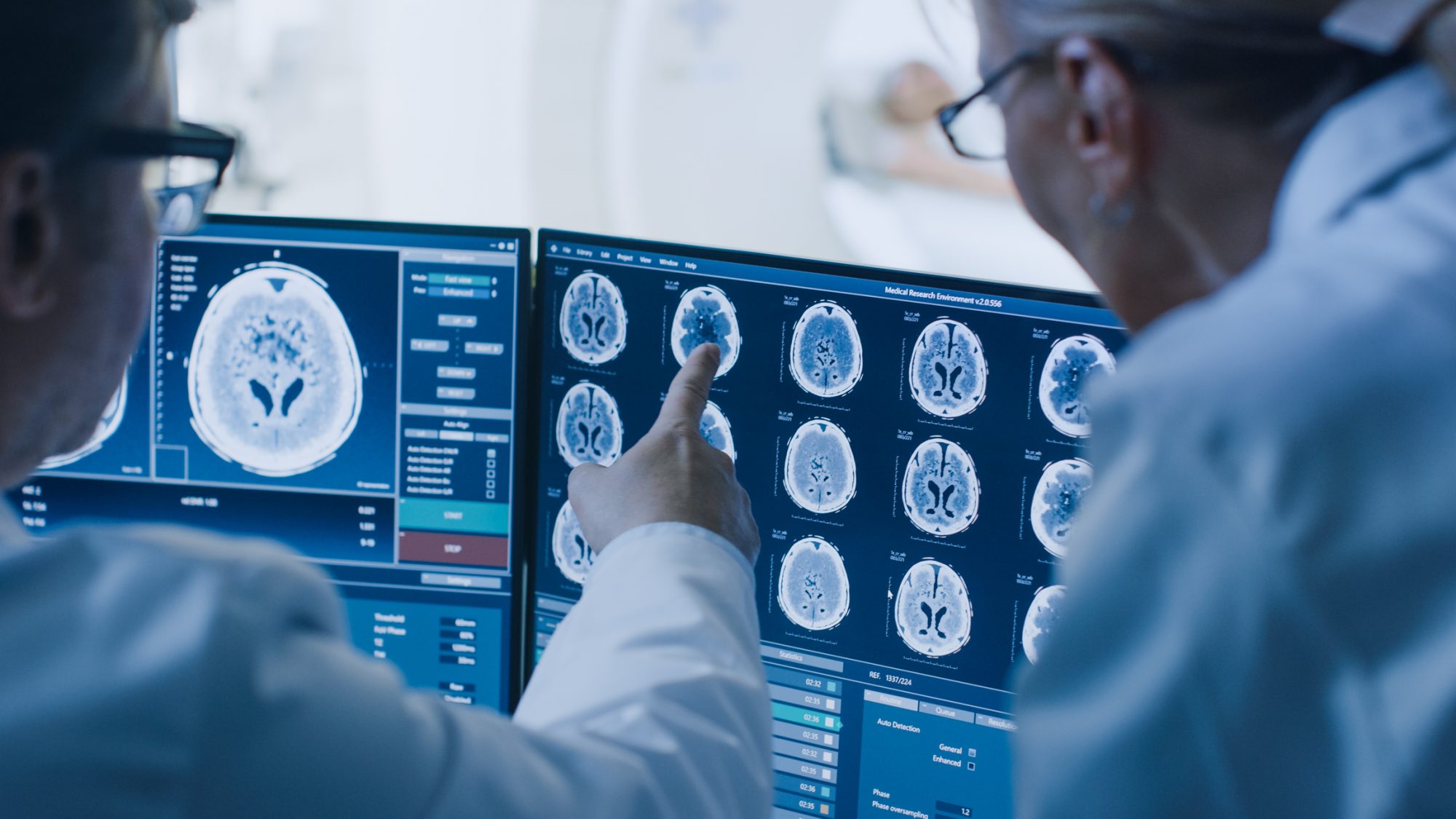
Artificially grown mini-brains to advance brain disease research
With their ability to more accurately mimic the human brain’s natural environment, these organoids have the potential to advance our understanding of neurodegenerative diseases and pave the way for personalised treatment approaches.
Editor's Recommended Articles
-
Must Read >> Brain disorders and the burden of diseases
-
Must Read >> ‘Brain training’ may reduce symptoms of PTSD


